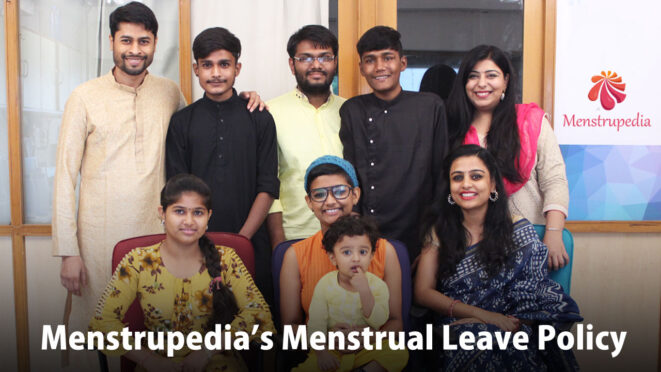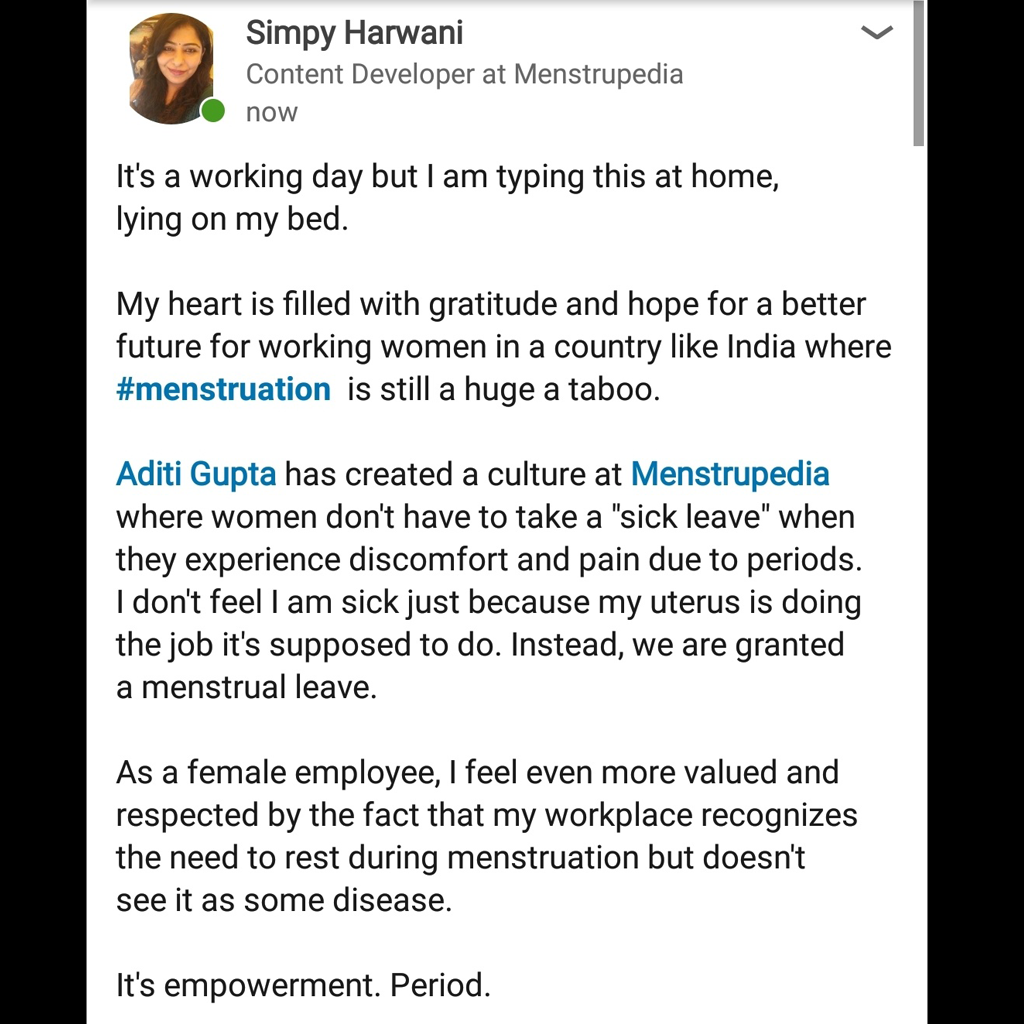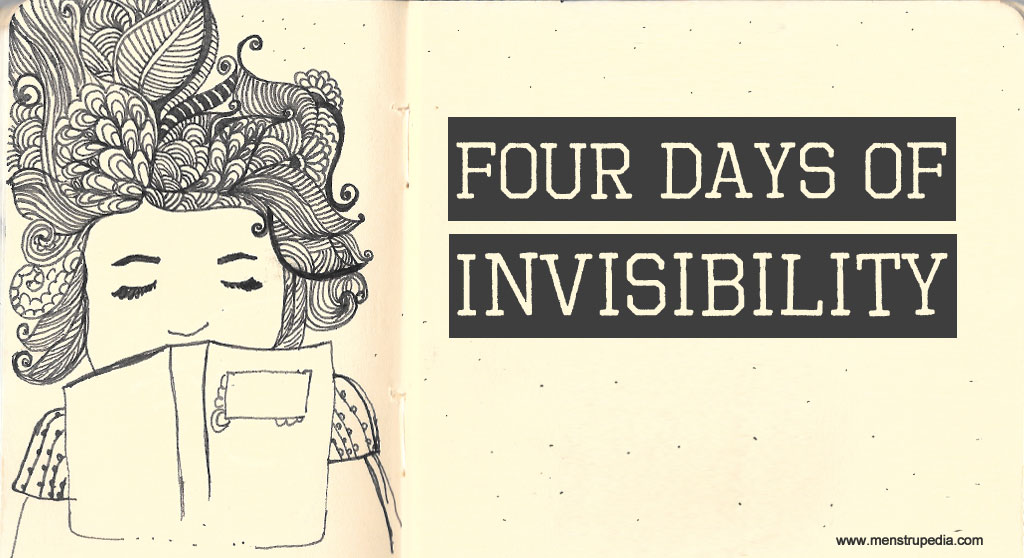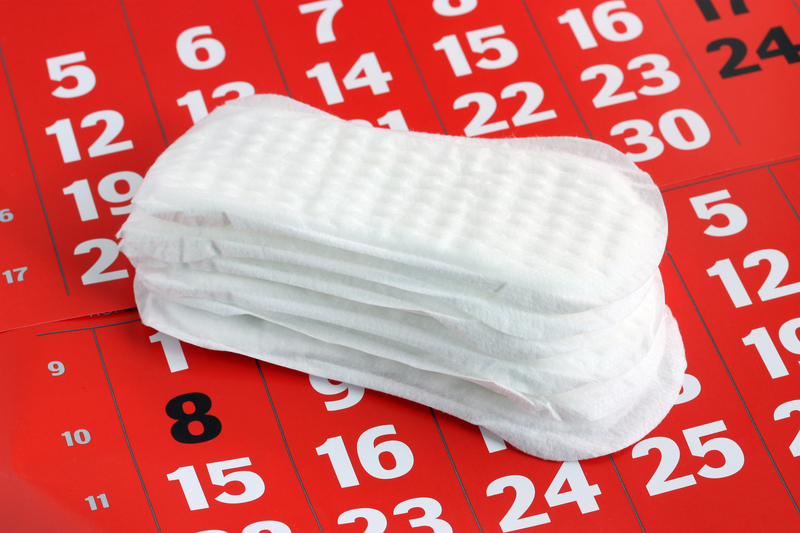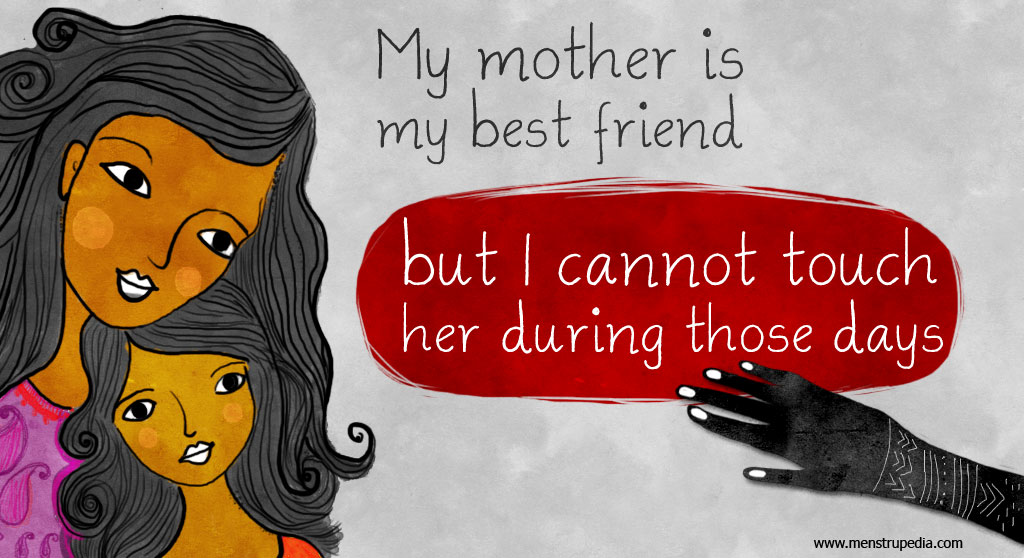This article is for policymakers, business owners, and those readers from Human Resources Departments who want to implement a menstrual leave policy in their organization. We have reached a point where there is no need to deliberate further on the debate of whether menstrual leaves should be provided or not, but the focus needs to shift to how indeed we can create an infrastructure that supports its implementation.
Menstruation is not a similar experience for everyone. Those people who don’t feel pain during periods can go gung-ho about acting as period heroes (“being on my periods and still functioning!”) but periods are painful for a good many people and taking a leave for menstrual pain is nothing to be brushed aside. Especially so when the premise of menstrual taboos such as not entering the kitchen are based on the justification of women taking rest and not engaging in heavy-duty work during one’s periods.
From a very young age, suffering is taught as a virtue to women. Feeling or expressing pain during periods is highly stigmatized and this has serious implications on women’s health. It is no wonder that period disorders like endometriosis where girls/women suffer from dysmenorrhea or PCOD are only diagnosed in one’s 20s.
Several women get dysfunctional during their periods and take painkillers in order to suppress the pain. These women should be allowed to get rest and avail of a period leave.
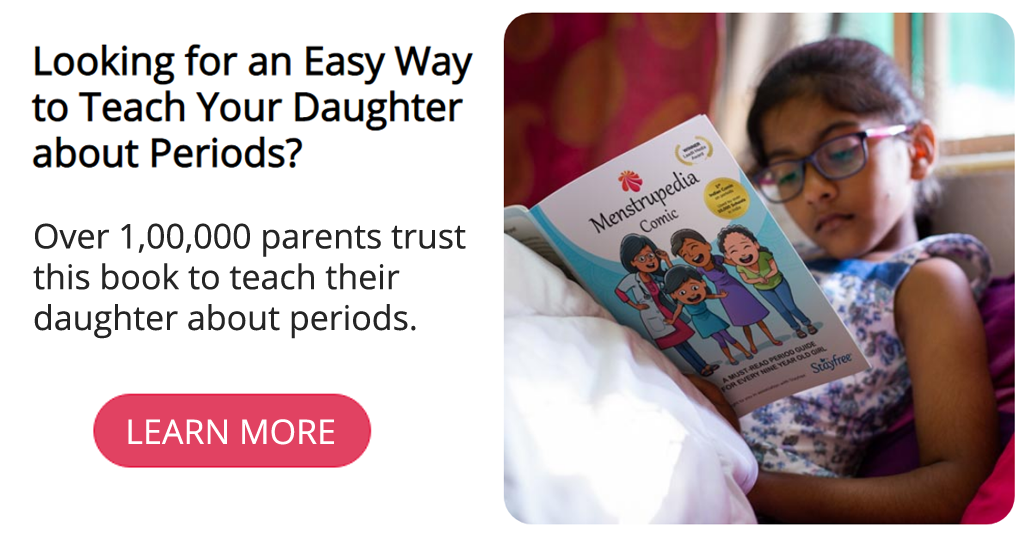
The bigger question to ask as an organization is this: how can a workplace environment be made conducive for women?
Women face inequality at every phase of their life from birth to education in order to finally reach their offices and work as employees or professionals. India ranked 112th in the World Economic Forum’s Global Gender Gap Index 2019-2020, having yet to address a 66.8% of evident gender gap. Among 153 countries, India slipped to rank 149 in terms of women’s economic participation. This shows that there is a high gender disparity in terms of economic engagement by Indian women. India also ranked 150 for the health and survival disparity and 112 for educational attainment. The child sex ratio is as worse, with 91 girls for every 100 boys born.
If I find a woman battling these inequalities and inequities, and finally making it to my workplace, I will take that extra step to make sure that she is not discriminated against any further for something as biological and as natural as periods.
Here are some steps that you can take to make your workplace period-friendly:
1. Have an orientation or workshop during the recruitment phase about periods.
This normalizes conversations about periods in the workplace and would make menstruating employees comfortable to talk about their period problems with their colleagues and employers.
2. Have period-friendly washrooms.
It would be great if you have separate washrooms for women or a gender-neutral one for people who menstruate. If you are a smaller organization and have a common washroom for everyone, then make sure that it is equipped with a first-aid kit that has painkillers. The washroom should have sanitary napkins and things like paper packets and dustbins for disposal.
3. Easy access to menstrual products.
You can keep sanitary pads and painkillers in the common area or in a pantry kind of a section, where employees can easily go and pick up menstrual supplies from. Make people aware about these supplies in the orientation program or during regular HR sessions.
4. Get a declaration signed by female employees during their joining.
At Menstrupedia, we started sanctioning menstrual leaves from 2018. We would like to share our journey and the policy we came up with through trial-error and later modifications.
Initially, we provided 24 menstrual leaves to female employees every year, which is 2 leaves per month. There was no tracking system and therefore a few employees took advantage of it by strategically taking the leaves before a weekend. This made relying on deadlines and finishing tasks on time very difficult, since we are a small team of people and everyone has a key role in the running of our work processes. Delay from one female employee’s end hindered others’ work. This kind of behavior is the reason why employers are skeptical to provide menstrual leave.
So, we decided to provide a single day menstrual leave every month, which is a total of 12 leaves in a year. We also made our female employees sign a declaration which stated: “I understand that availing a menstrual leave is one of the privileges I get over my male colleagues and I will avail of menstrual leave only when I’m on my periods.” The language of our declaration is designed as such in order to create a mindset that this leave cannot be misused. We want our female employees to get the benefit of menstrual leave, but signing such a declaration materializes accountability towards the organization.
Simpy Harwani who worked as a content Developer posted this on LinkedIn and it is a testimony of how valued female employees feel.
We also noted down the dates of whenever employees took menstrual leaves. It was clearly mentioned that menstrual leaves cannot be clubbed with other leaves such as sick leaves or those close to the weekend. If that sort of pattern was found, we didn’t provide that leave as a paid one. When employees plan to go on a holiday, we don’t provide menstrual leaves right before that period since it is often misused.
We did however make sure that menstrual leave was not confused with medical leaves and asked our employees not to use medical leaves for their period problems. During the time of joining, explaining these clauses to women helped us in maintaining a period-friendly environment, where our female co-workers could avail menstrual leaves when the need so arose.
What are the advantages of a workplace which provides menstrual leaves and that has a period-friendly environment?
- There is a two-pronged benefit. First of all, you send out a message to your employees that ‘you care for them.’ Secondly, giving back is intrinsic to human behavior! Employees care ten times more about the needs of the company when they feel that the company is taking care of their needs.
- It creates a healthy workplace culture where people can talk about their health. When you provide menstrual leaves to new joiners, they feel welcomed and acknowledge that benefit. Since many of them haven’t got such leaves in their previous workplaces, they feel that the organization cares for them and they work more compassionately. Menstrupedia’s work culture is very healthy and productive due to this. However, it is always easier to implement these policies for newly joined employees. For older employees, more efforts would be required.
- It costs nothing! By providing a menstrual leave, you are validating the employee’s health needs. All you required was a workshop, a declaration form, and having that talk with your employees. In return, you get a culture where everyone is comfortable and where employees feel companionship and commitment towards the company. This attitude goes a long way in ensuring better performance of the team, contrary to the popular belief that the performance of women employees suffers.
What happens to male employees, when they see their female colleagues getting menstrual leaves?
When you take a menstrual awareness workshop in your office and eventually period-friendly culture is built, several changes occur in males subconsciously. They become more compassionate when they learn about female reproductive health problems. They also become more caring towards their wives or female partners if any, who might also be working at other places, and they regard their health more sensitively. Providing menstrual leaves can enable men to have conversations about periods with their partners and their children and this can mark the start of a period-positive world.
Several women leave their jobs at their peak productivity, due to pressure at home, marriage, childbirth or sometimes the career decisions of their partners like moving abroad. Amidst these challenges, providing menstrual leave is the first step to start a culture where we have a women-friendly workplace. India and the Indian start-up ecosystem is reshaping the way we worked and these small steps would go a long way in curbing the gender gap in our country. The scepticism about productivity and misuse of the leave are very weak defences in comparison to the benefits of a period-friendly environment at no cost!
Presently at Menstrupedia, the environment is so relaxing and nurturing that our female employees can converse freely about topics like masturbation, male reproductive organs, and hormonal changes with Tuhin Paul (managing partner and Co-Founder of Menstrupedia), without any shame or discomfort for our upcoming comic on boys’ puberty. We have also provided insurance to our employees and it really pays off in terms of their dedication and attachment to the company as their own.
Utkrishti Katheriya, who worked with us as a Communication Intern posted this on LinkedIn.
Menstrupedia’s menstrual leave policy model is a living and resilient example of how the productivity of companies can increase if you take a step to show that you care, especially for a biological process like menstruation. Give it a try and invest in the well being if your employees.
Author: Aditi Gupta
Aditi is the Managing Partner & Co-founder at Menstrupedia. She is the co-creator of the Menstrupedia Comic. Aditi is a TED Speaker, and a Forbes 30 Under 30 achiever. She was also named as one of BBC’s 100 influential women of 2015 and has been a World Economic Forum Global Shaper. Aditi is committed to addressing menstrual myths and taboos through Menstrupedia.
Edited by: Divya Rosaline



